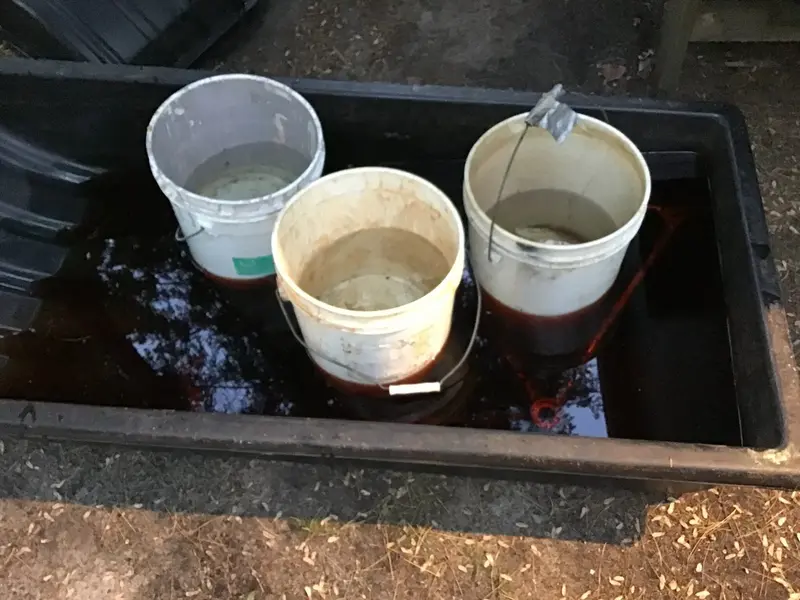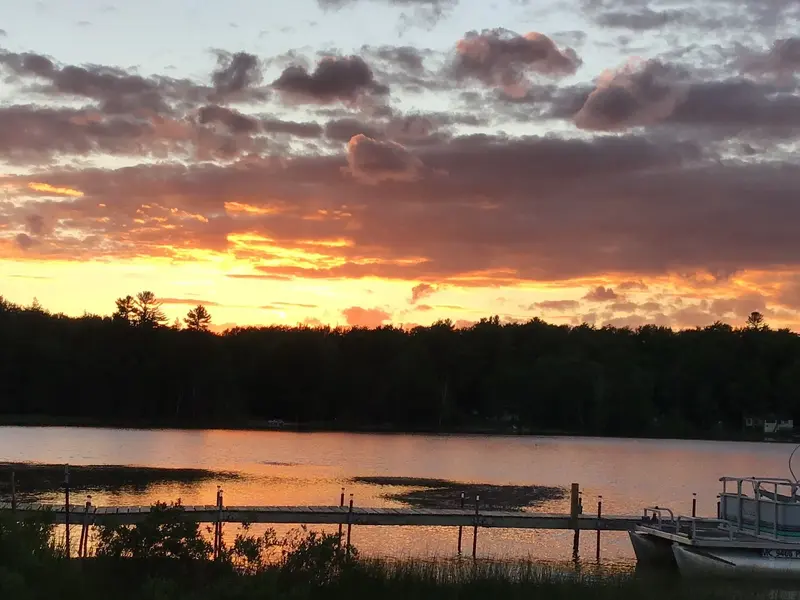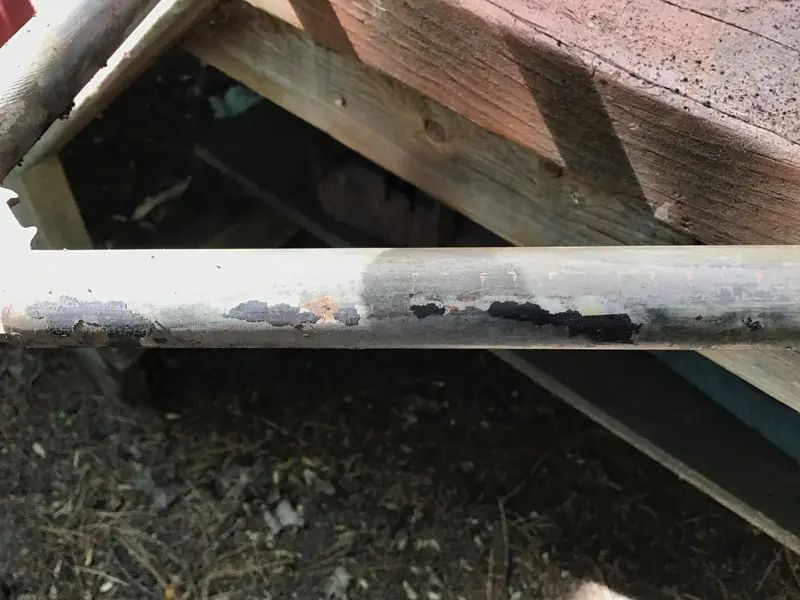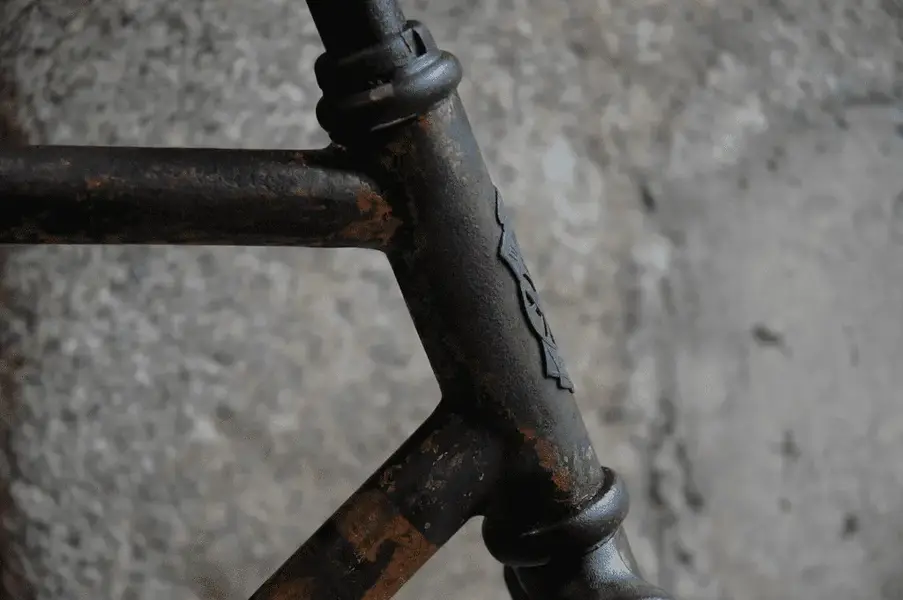Mickeyspinn
rBotM Winner
Jeez that's rain!!!!
Sounds like a nice breakaway enjoy....i look forward to the pics!
enjoy....i look forward to the pics!
Sounds like a nice breakaway



How in the world did they do it so neatly with furnace brazing? Did they dip the tubes in molten brass, shake off the excess and then polish off the remaining excess? How, how, how?This just gets better and better! I so want to know more about this tubing....so main tubes are seam welded....I noticed that the dimples stop before being to close to the weld which I guess is kinda sensible!
I wonder if the stays and fork tubes were sheet material bought in and then jointed by the frame builder ? Huge amount of work to cut that so neatly! Or was it guillotined by the tubing company? So many questions
Arrgggh! So many questions! I think this is probably where the $100 dollar price tag actually became really good value!How in the world did they do it so neatly with furnace brazing? Did they dip the tubes in molten brass, shake off the excess and then polish off the remaining excess? How, how, how?

Your right, I didn’t think of blowtorches. I was thinking about acetylene brazing, which wasn’t yet invented. A blow torch makes More sense. I think Furnace brazing was more common with lugs. Good article, thanks.I'm probably going to sound a right plonker and metal worker bumbling novice.
What makes you think it wasn't done with a blow torch? Surely for low volume products like a bike of this stature it was the way to go? Then finish by hand.
By this time too, wouldn't there be more and more metal constructions, would there not have been a considerable work force of experienced welders? For example joining steel beams at height and what not. Perhaps I'm talking crap. I haven't even had a drink yet either.
I look at the L shaped seat-post on my Dion Bouton and I'm amazed how it's joined and capped with no trace of welds. Also the front end of the frame is lugless. Some reading here may be worth while. https://www.classiclightweights.co.uk/classic_builders/welded-lugless-frames/
View attachment 636418
I think woz we're all bumbling novices when presented with the wizadry of Nabeaquams bike!I'm probably going to sound a right plonker and metal worker bumbling novice.
What makes you think it wasn't done with a blow torch? Surely for low volume products like a bike of this stature it was the way to go? Then finish by hand.
By this time too, wouldn't there be more and more metal constructions, would there not have been a considerable work force of experienced welders? For example joining steel beams at height and what not. Perhaps I'm talking crap. I haven't even had a drink yet either.
I look at the L shaped seat-post on my Dion Bouton and I'm amazed how it's joined and capped with no trace of welds. Also the front end of the frame is lugless. Some reading here may be worth while. https://www.classiclightweights.co.uk/classic_builders/welded-lugless-frames/
View attachment 636418